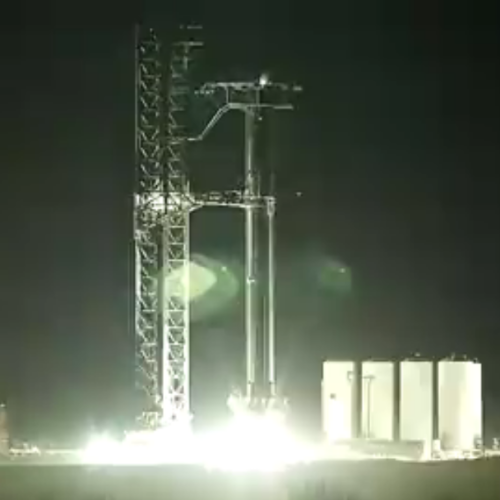OneWeb sued by businessman for not paying him
An American businessman with ties in Kazakhstan and who claims he used those ties to obtain permission for OneWeb to launch its satellites there has now sued OneWeb.
Giorgi Rtskhiladze, an American-Georgian businessman, claims that he was not paid for arranging space rocket-launch rights for OneWeb in Kazakhstan. The company received public funding in 2020 after filing for bankruptcy and winning the support of Dominic Cummings, then the Prime Minister’s most senior adviser.
The $30m claim, filed in New York, alleges that Mr Rtskhiladze successfully lobbied the Kazakh government to allow OneWeb to launch satellites from Kazakhstan and operate a ground station for its internet network but was not paid. Mr Rtskhiladze alleges that OneWeb defrauded him by keeping him engaged with Kazakh officials but then terminated his services only after he demanded payment. His work led to “hundreds of millions of dollars in value” for OneWeb, he claims.
OneWeb denies these claims entirely. The claims do appear suspicious because Russia was doing the launching, and it has a solid lease to do so with Kazakhstan. Moreover, it is very doubtful Kazakhstan would do anything to threaten those launches, considering Russia was making a lot of money from them and would not take kindly to such an action.
An American businessman with ties in Kazakhstan and who claims he used those ties to obtain permission for OneWeb to launch its satellites there has now sued OneWeb.
Giorgi Rtskhiladze, an American-Georgian businessman, claims that he was not paid for arranging space rocket-launch rights for OneWeb in Kazakhstan. The company received public funding in 2020 after filing for bankruptcy and winning the support of Dominic Cummings, then the Prime Minister’s most senior adviser.
The $30m claim, filed in New York, alleges that Mr Rtskhiladze successfully lobbied the Kazakh government to allow OneWeb to launch satellites from Kazakhstan and operate a ground station for its internet network but was not paid. Mr Rtskhiladze alleges that OneWeb defrauded him by keeping him engaged with Kazakh officials but then terminated his services only after he demanded payment. His work led to “hundreds of millions of dollars in value” for OneWeb, he claims.
OneWeb denies these claims entirely. The claims do appear suspicious because Russia was doing the launching, and it has a solid lease to do so with Kazakhstan. Moreover, it is very doubtful Kazakhstan would do anything to threaten those launches, considering Russia was making a lot of money from them and would not take kindly to such an action.


